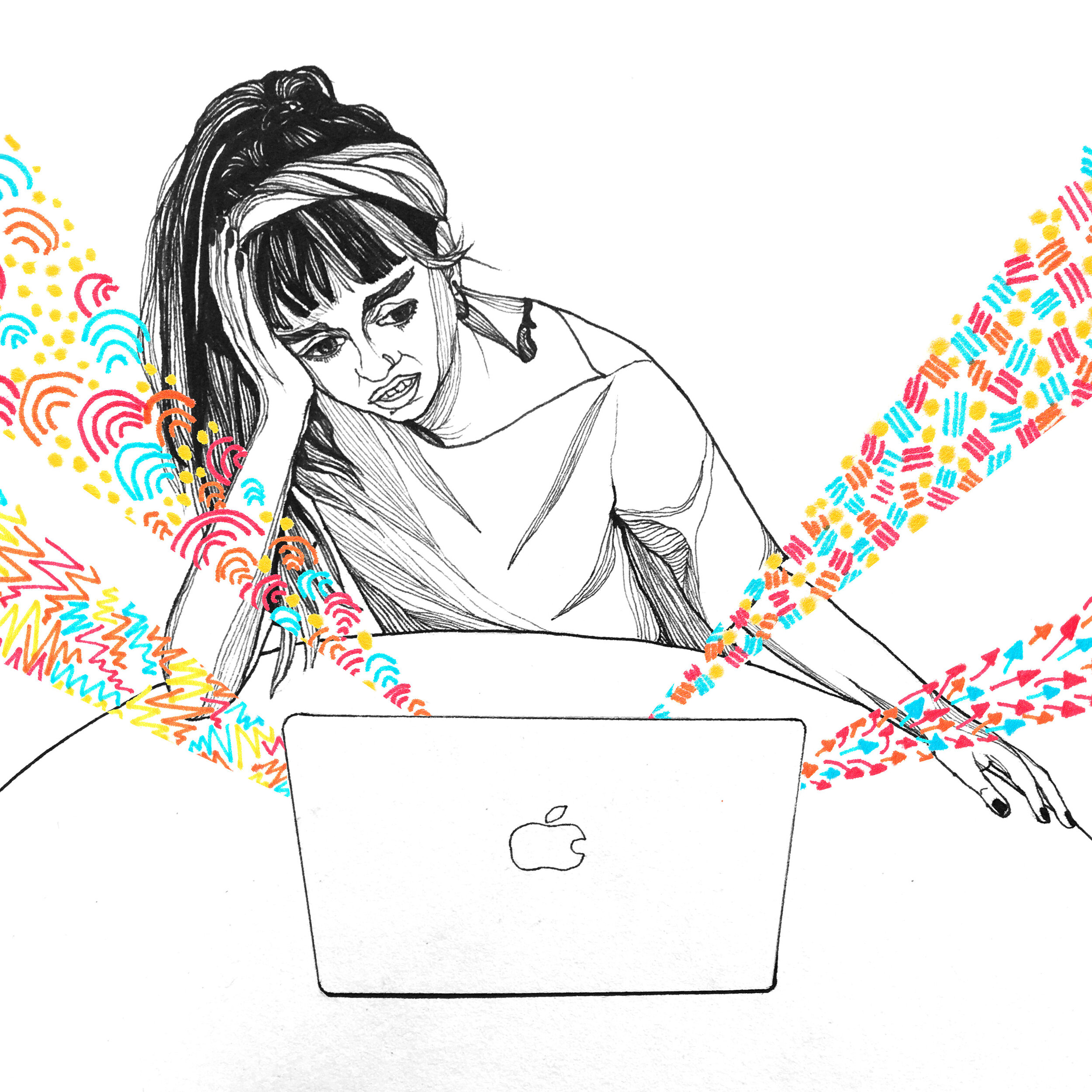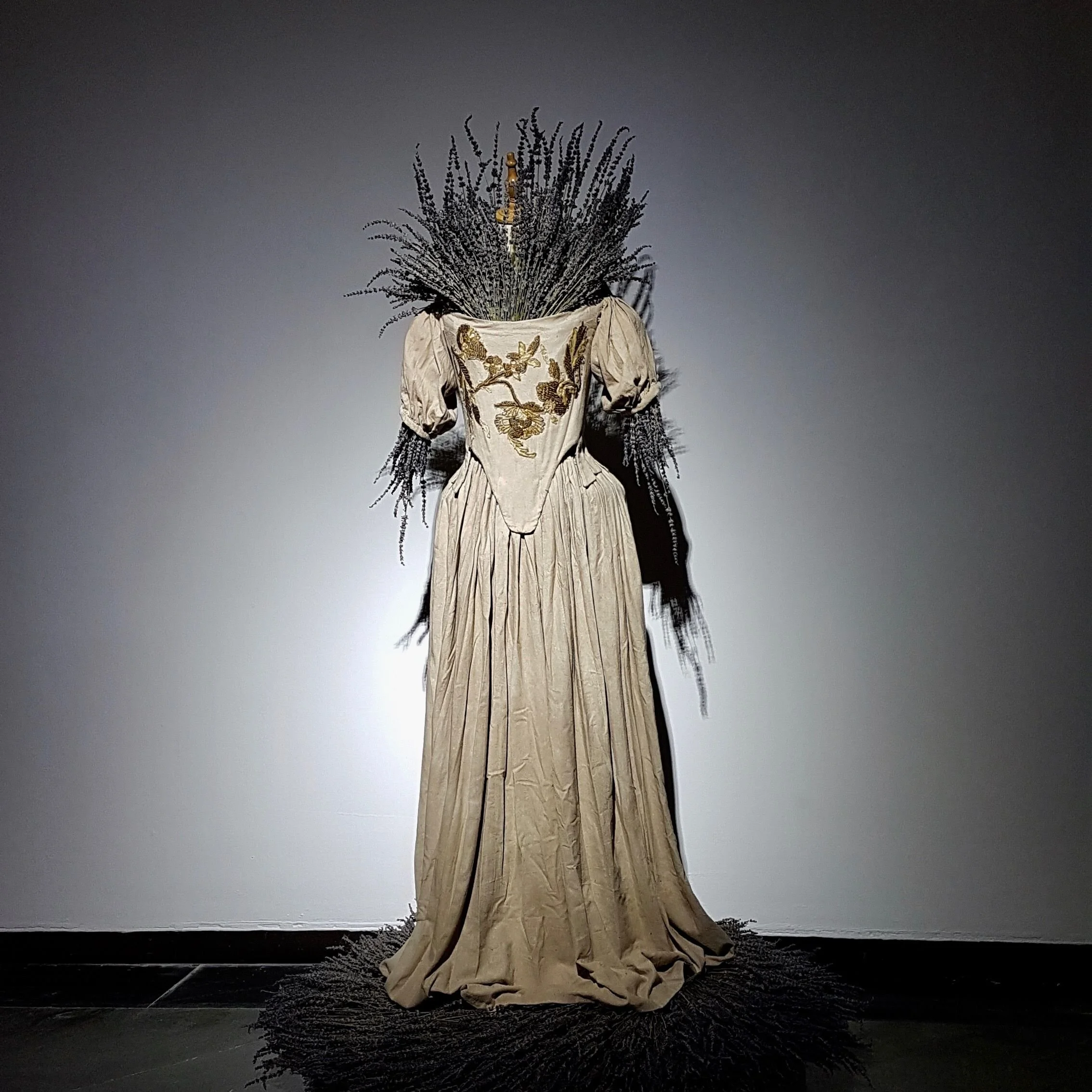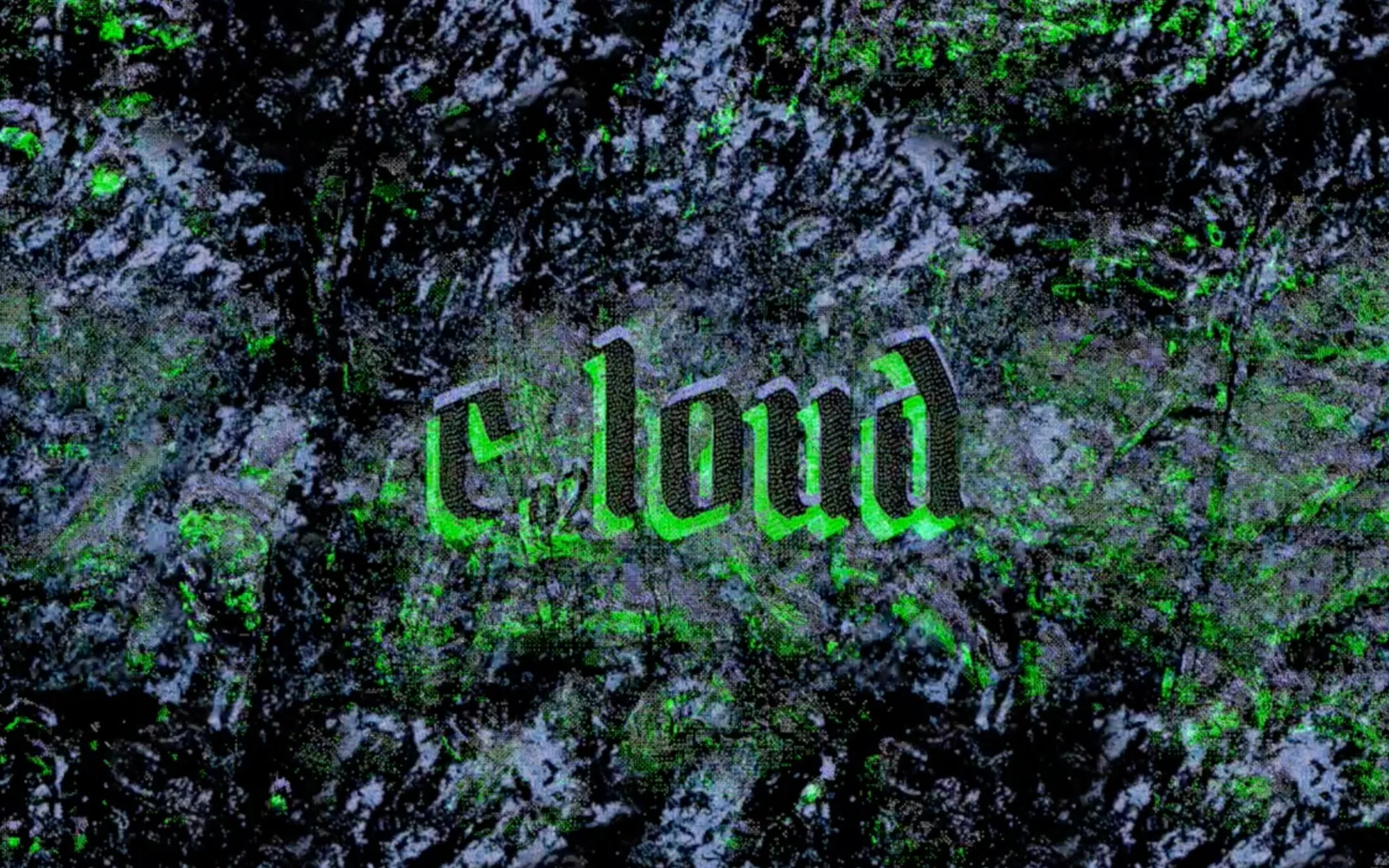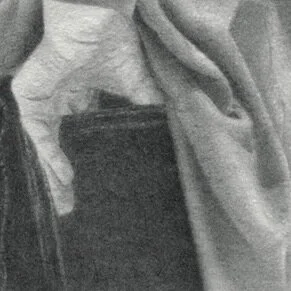In the midst of COVID, the world has gone digital. Social life is primarily experienced through the screen, transforming conversations and interactions into a sensory whirlwind. Megan Wildhood shares her perspective as a person with autism through this multimedia essay.
Hi.
Welcome to my blog. I document my adventures in travel, style, and food. Hope you have a nice stay!





















